Participation and emergence:
The complexity and risk but reward of participatory action research and engagement – the time, space, confidence, patience, skill and respect required to undertake proper participation and engagement. But the value and authenticity that can come as a result repays – moreover Max and I discussed the relationship between this type of approach and how it enables ‘emergence’, which I think we agreed could be seen as a kind of ‘innovation’ (as an overused but not clearly defined word or phenomena). Max mentioned Adrienne Maree Brown ‘Emergent Strategy’ as something I think we might all see sympathies with and just working at the right pace and with respect when seeking to gain better insights or enact more inclusive objectives with our communities.
Visual / material language:
I also welcomed Max’s approach to the ‘public works’ that he identified as these at the London workshop and observations of local people’s creations and ‘stuff’ that were neither definable as architecture or design but fascinating assemblages that were very much vernacular / of their place. Max’s ability to almost re-curate these as ‘community re-development’ was and is for me one of the exciting potentials.
I am intrigued to see how this might evolve as a locally authenticated set of visual / material languages or codes – not in the notion of being undemocratic and enforcing a set of designed-determinates but as a means to recognise and value locally ‘meaningful stuff!’ Seetal and I were discussing diversification (which I understand to also be a challenged or challenging word) as part of a decolonisation of ideas such as circularity as being an important outcome from the CDL group.
Connective-ness:
I really valued discussing the ‘emergence’ and maintenance of the group as an active network that are communicating and collaborating within and around and through the CDL with new opportunities for knowledge exchange via Naa’s excellent symposia / conference (?) with Yegwa and Kishan too – but also through various other social networking means. I feel that this is not only interesting, in terms of what works and what doesn’t practically, but furthermore it demonstrates the potential sustainability and agency of the group. I share some feedback with the BC team and I maintain this is great group of inspiring people and to be treasured and I hope I can in some way help support it flourishing aside from or beyond our grant commitments.
We did touch my not having actually been to South Africa despite our continued work there – but some of my team have – but in my interest in how we maintain, productive and co-learning relationships whilst being remote. And I think another aspect of this group that I hope we can reflect on is how, if successful as an entity, the group might help us understand more about successful collaboration as this can feed into some of the interests (academically and in practice) of things like what Manzini and other refer to as ‘cosmopolitan localism’ or ‘multi-local communities’ –where we create meaning and value locally but knowledge and relationships can travel (he badly) and even to the notions of what might be Distributed Manufacture, or the interests of practices such as Waste for Life (Baillie et al) and Precious Plastics (Hakkens et al) and the Fab cities etc that seek to support global knowledge share whilst stuff stays where it is.
Emotional responses:
I am also intrigued to here that in our workshops in London and subsequently members have been considering what their emotional response to the work is (I hope I have got that right!??? – do let me / us know if not!!??) – which too strikes me as a confident acceptance that there is more to this than the business of this! That we are seeing forms of investment that connect to us in complex and meaningful ways – perhaps this is about ‘meaning-making’ too?
Max maybe you could add some pictures?

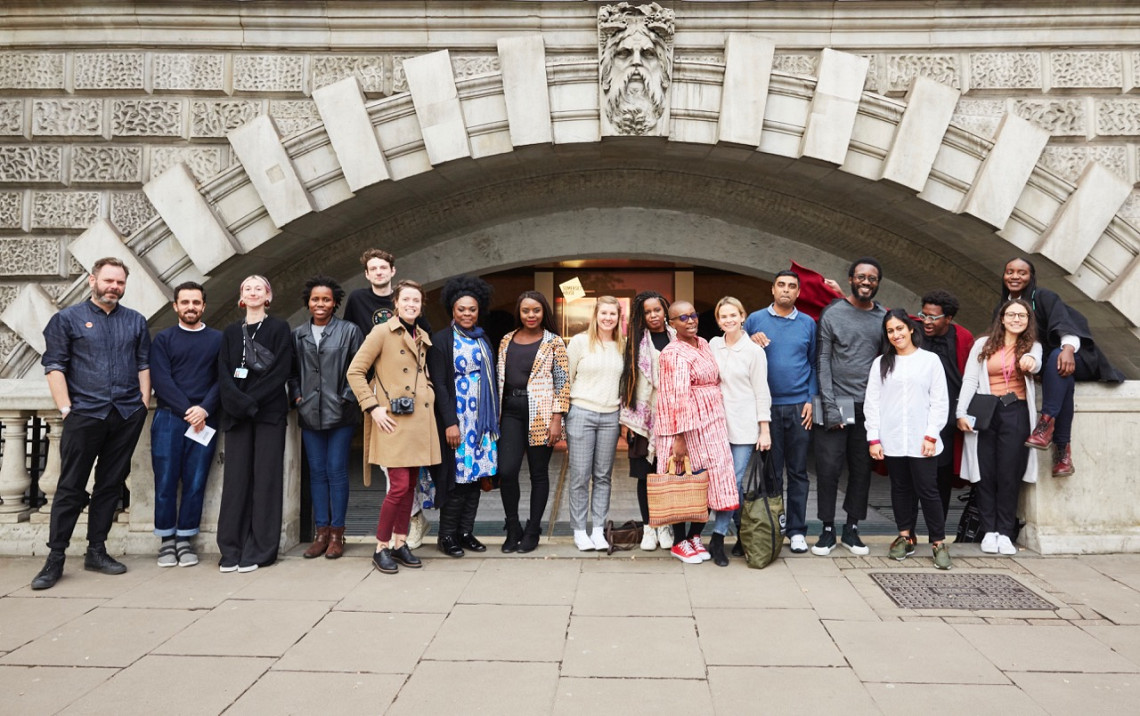
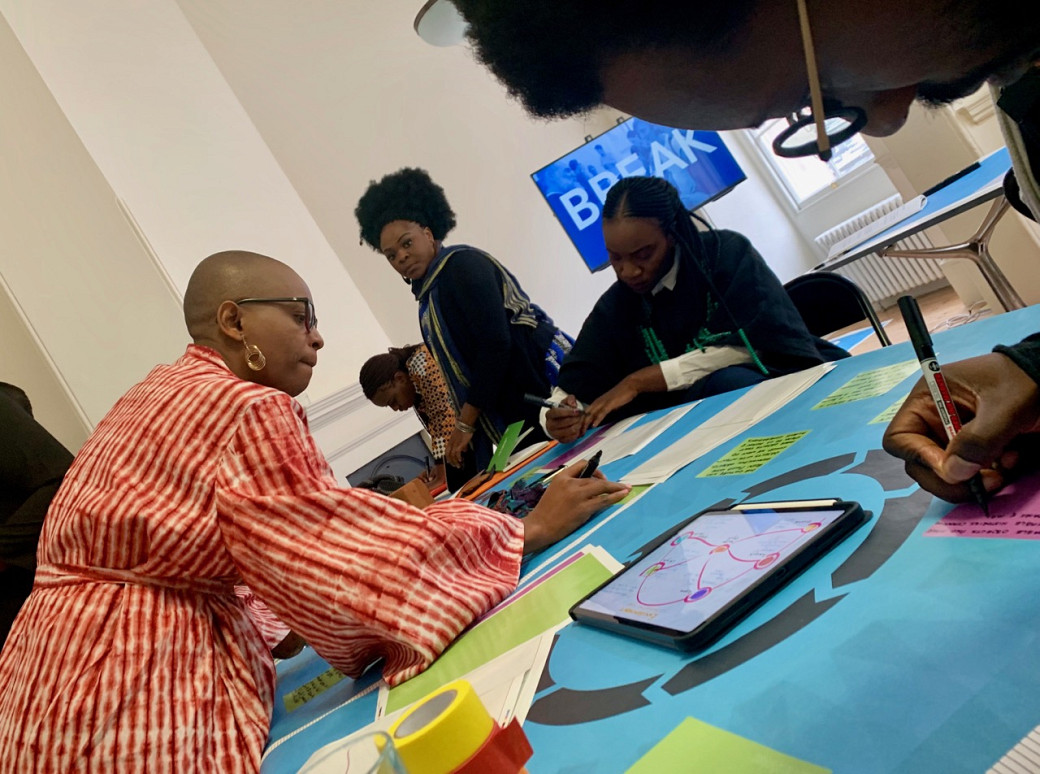
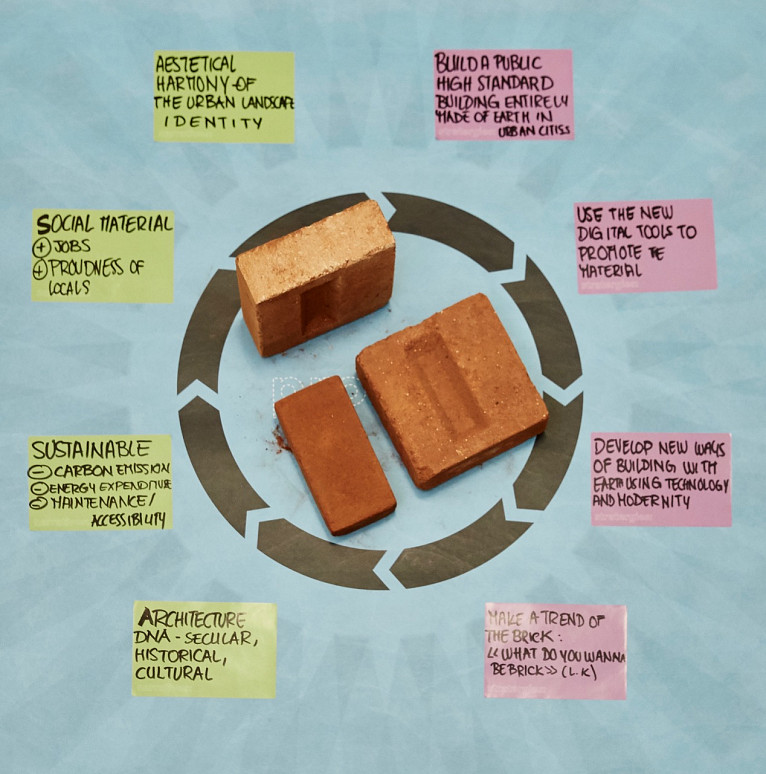
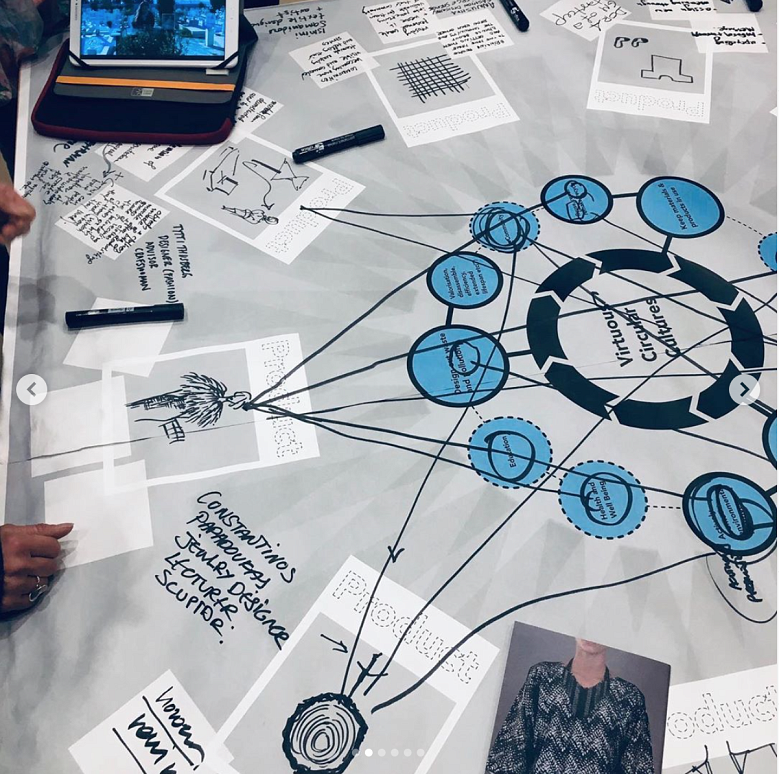
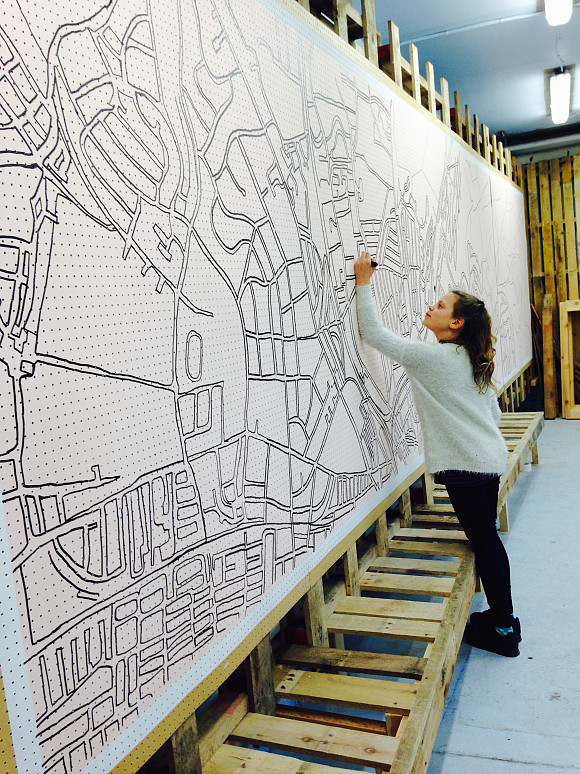
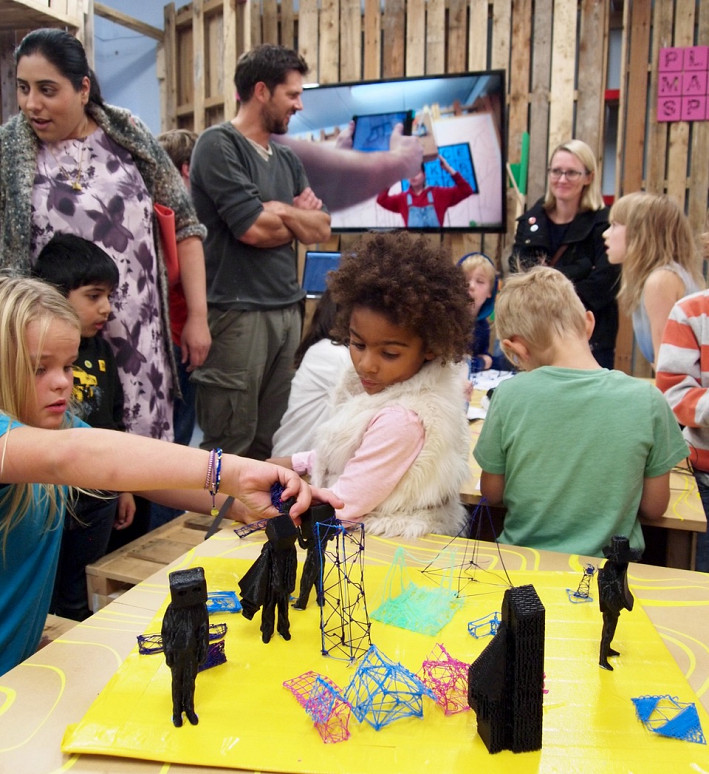
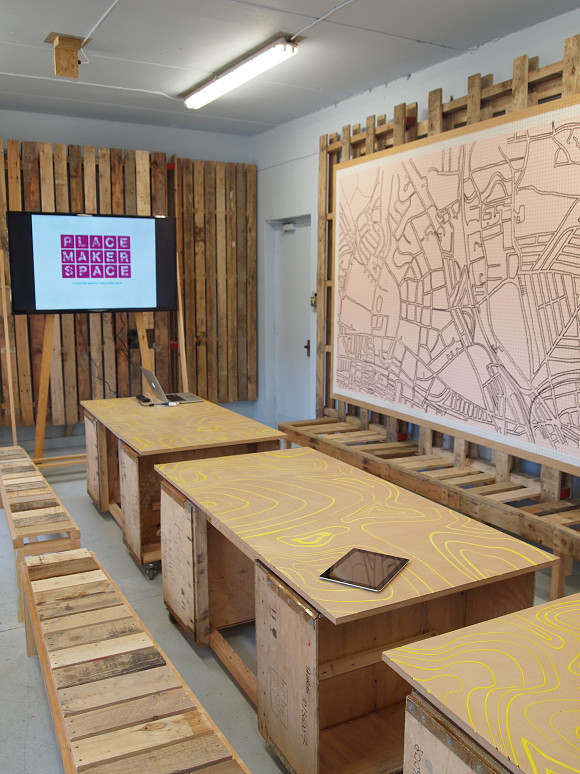
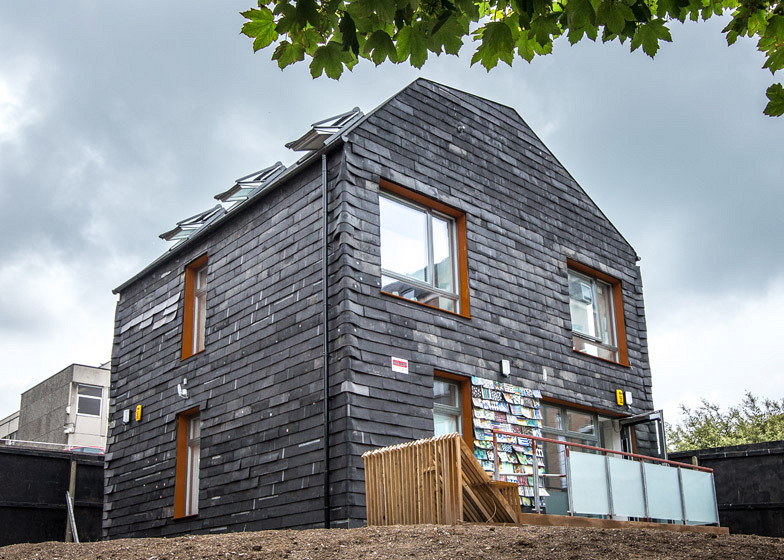

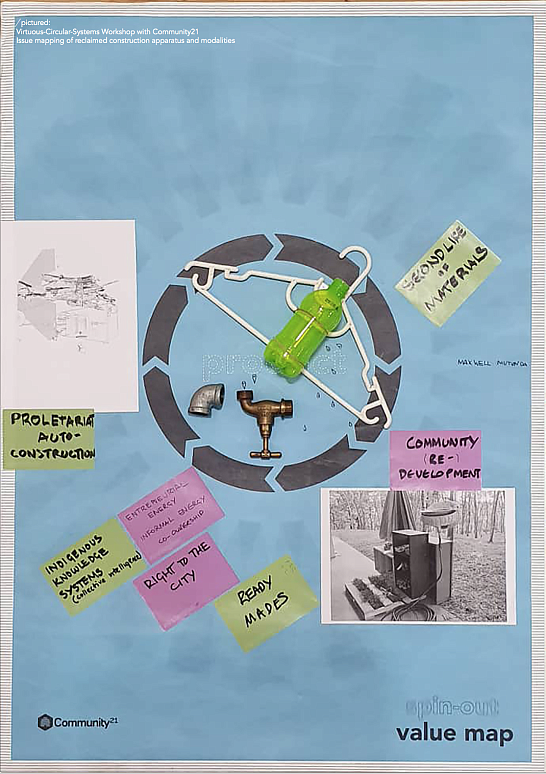
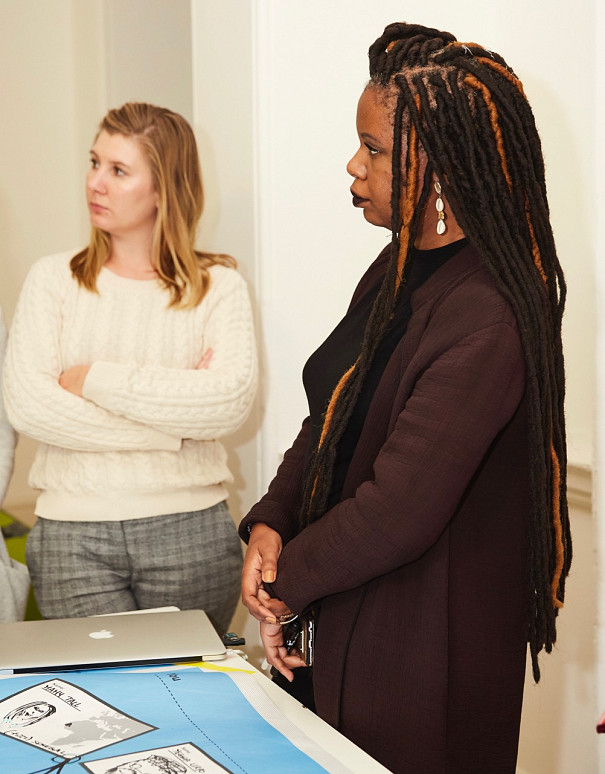
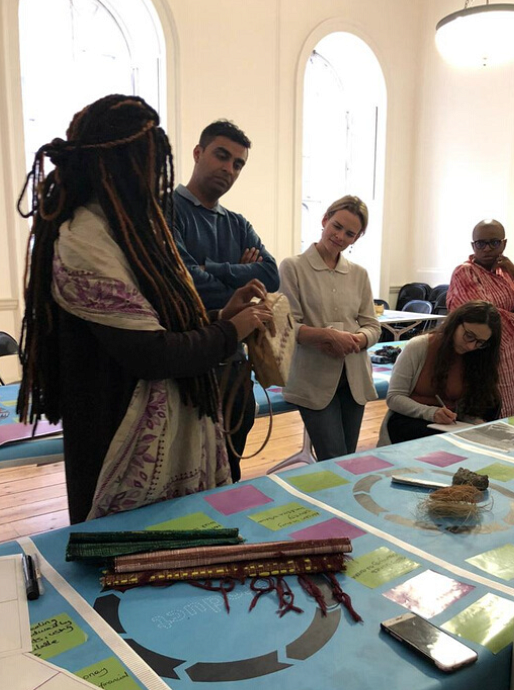


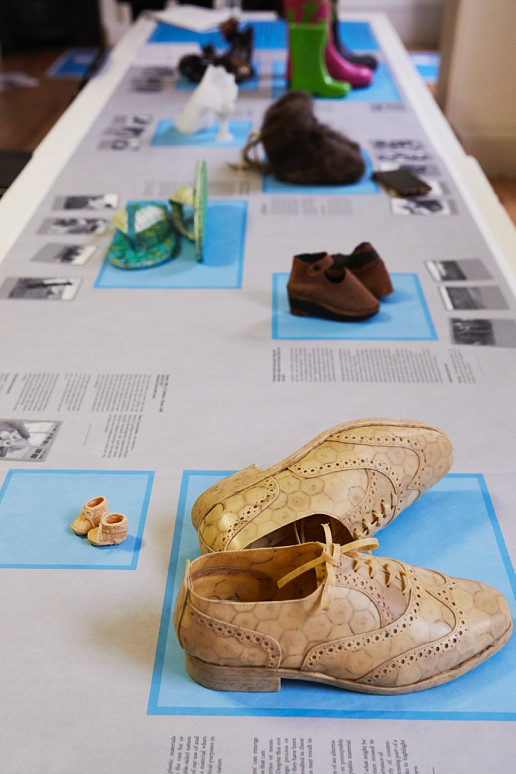
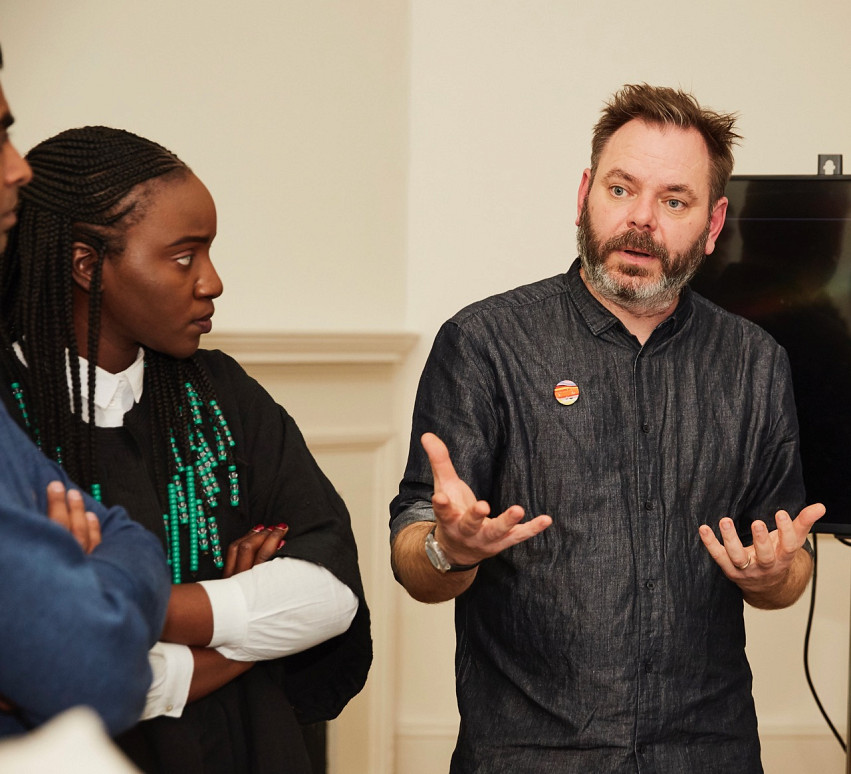

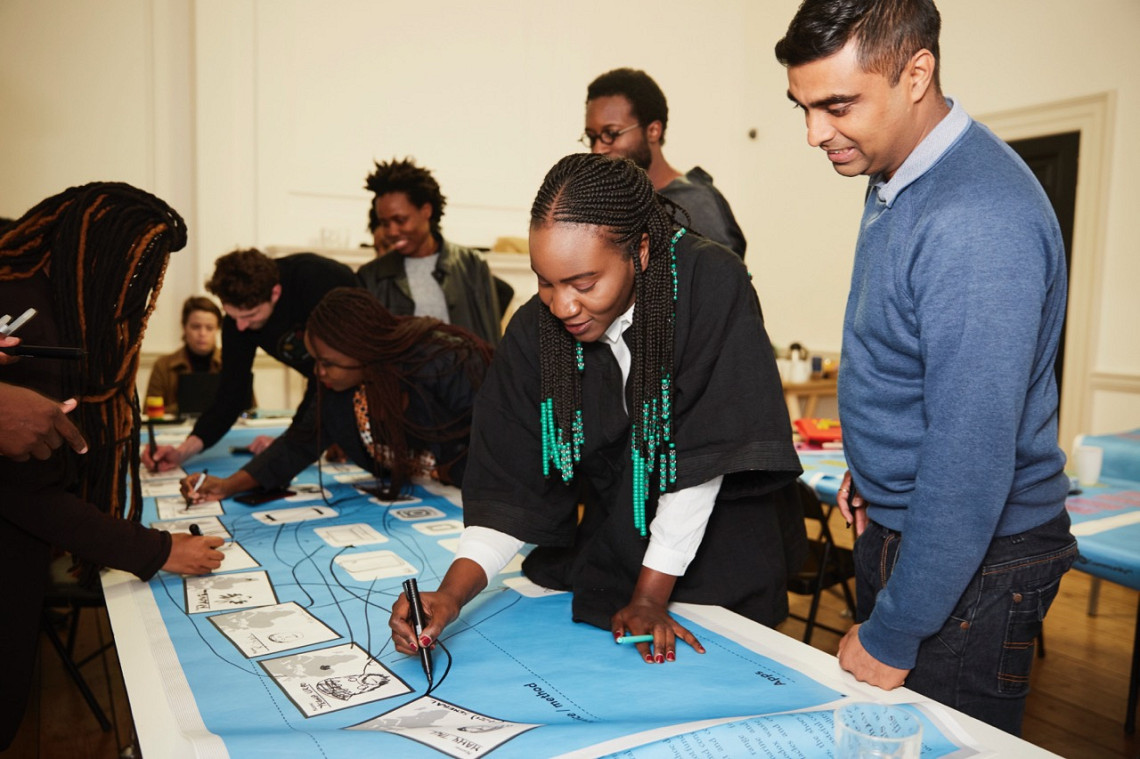
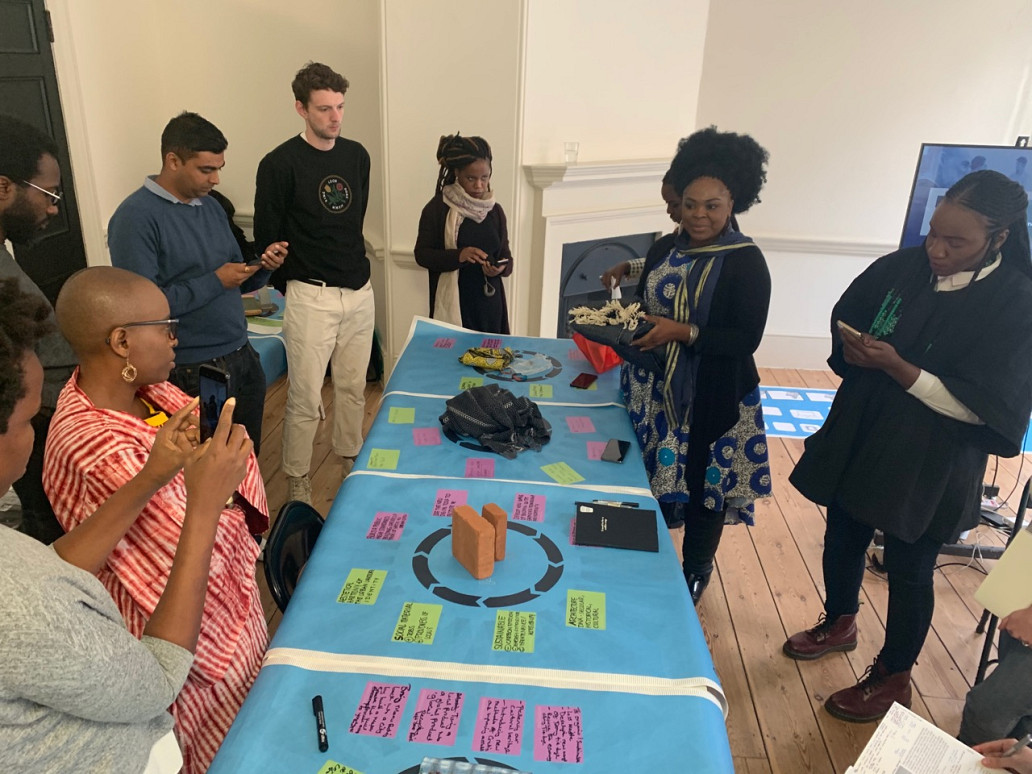
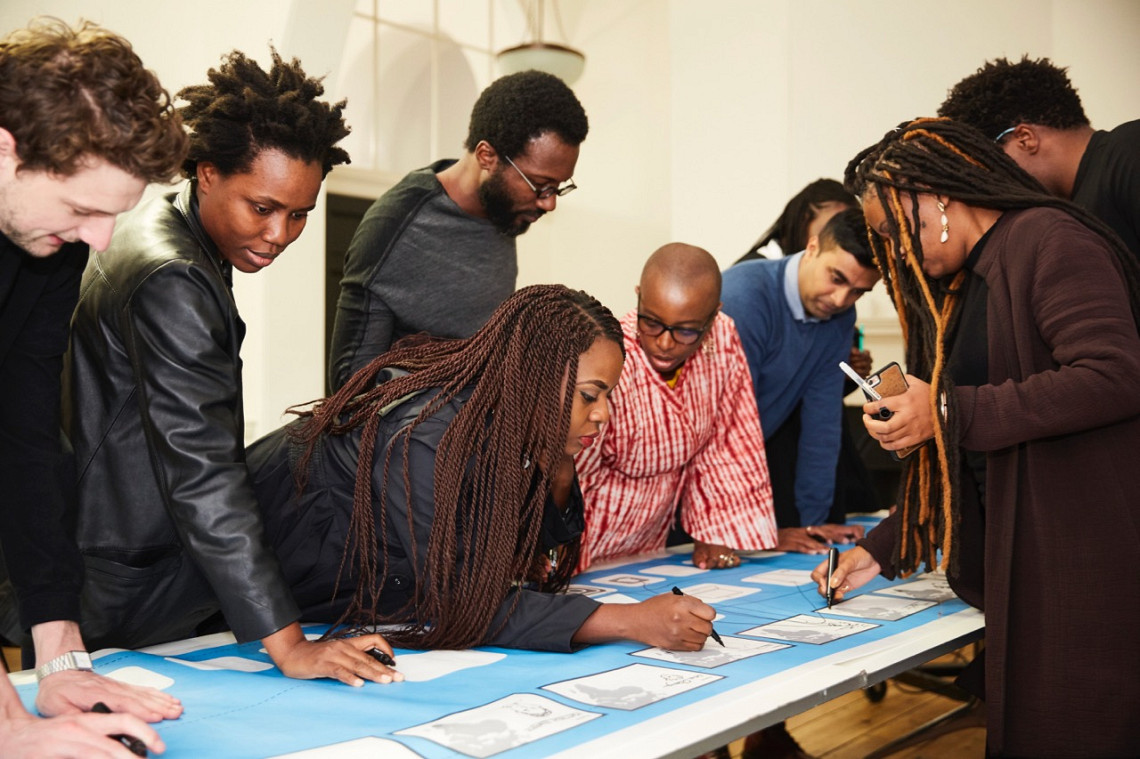
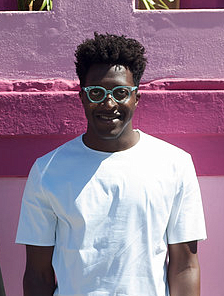


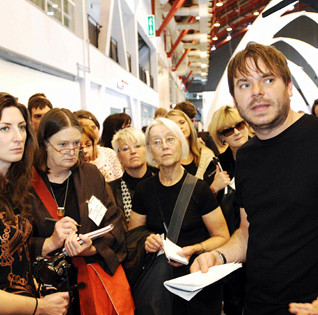
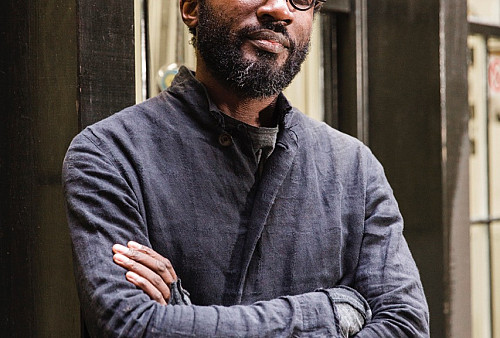
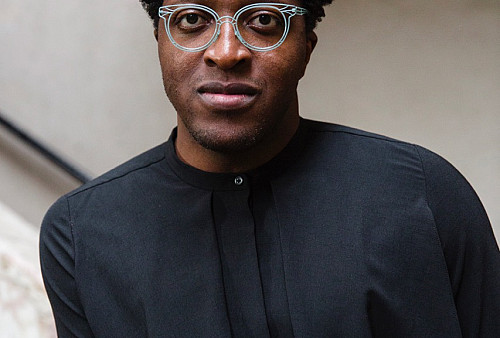
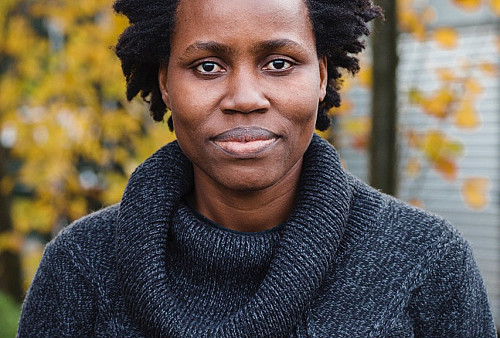
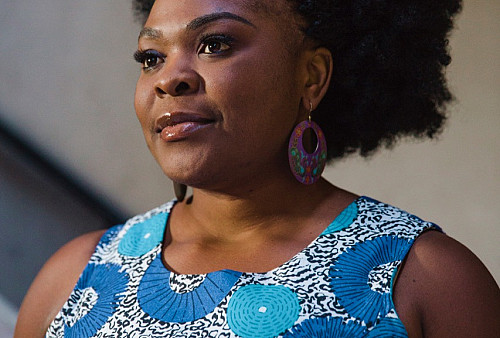

Comments
Nick posted on 5 February 2020 13:26
Hi there Circular Lab folks we can leave messages here